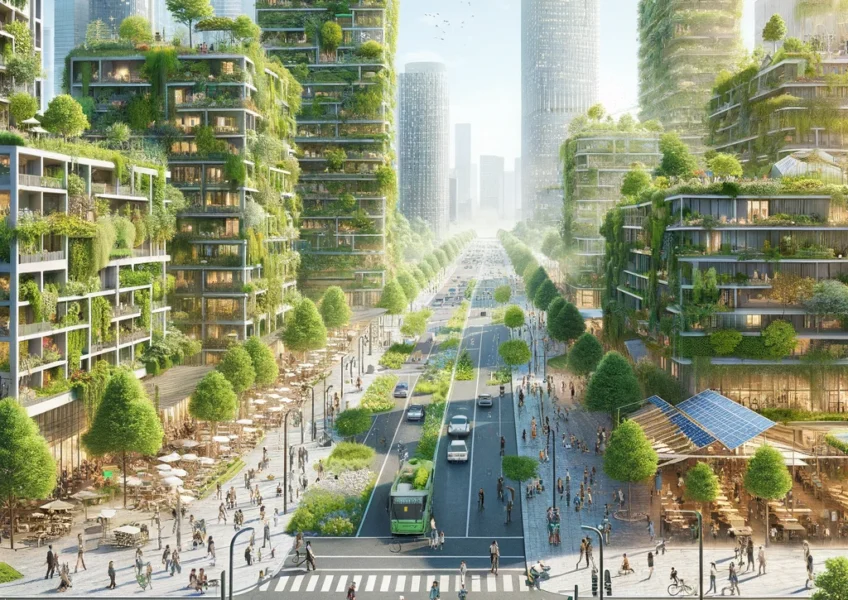Sustainable Urban Landscapes: The Role of Green Infrastructure
Building Greener Cities for the Future
As urban areas continue to expand, the integration of green infrastructure has become crucial in creating sustainable urban landscapes. This approach not only enhances city aesthetics but also plays a significant role in improving air quality, managing storm-water, and increasing biodiversity, contributing to the overall health and well-being of urban dwellers.
What is Green Infrastructure?
Green infrastructure refers to a network of natural and semi-natural spaces and systems within urban settings. This can include:
- Parks and Green Spaces: Areas reserved for recreation and wildlife, offering residents a respite from the urban environment.
- Green Roofs and Walls: Vegetation planted on building rooftops and walls, helping to insulate buildings, support biodiversity, and manage rainwater.
- Rain Gardens and Bioswales: Landscaped areas designed to collect and filter storm-water, reducing runoff and improving water quality.
- Urban Tree Canopies: Trees planted across cities that provide shade, improve air quality, and enhance urban aesthetics.
Benefits of Green Infrastructure
The benefits of integrating green infrastructure into urban planning are manifold:
- Environmental: Contributes to climate change mitigation by absorbing CO2, improving air and water quality, and promoting biodiversity.
- Social: Provides green spaces for recreation and community gathering, improving mental health and social cohesion.
- Economic: Can increase property values, reduce energy costs through natural cooling, and decrease the need for expensive storm-water management systems.
Challenges and Considerations
Implementing green infrastructure in urban environments comes with its challenges, including land availability, maintenance costs, and ensuring equitable access across all neighborhoods. Effective planning and community involvement are key to overcoming these obstacles.
The Future of Urban Planning
As cities look to become more sustainable and resilient, green infrastructure represents a vital component of urban planning. By prioritizing green spaces and natural systems, cities can ensure healthier, more sustainable environments for future generations.




